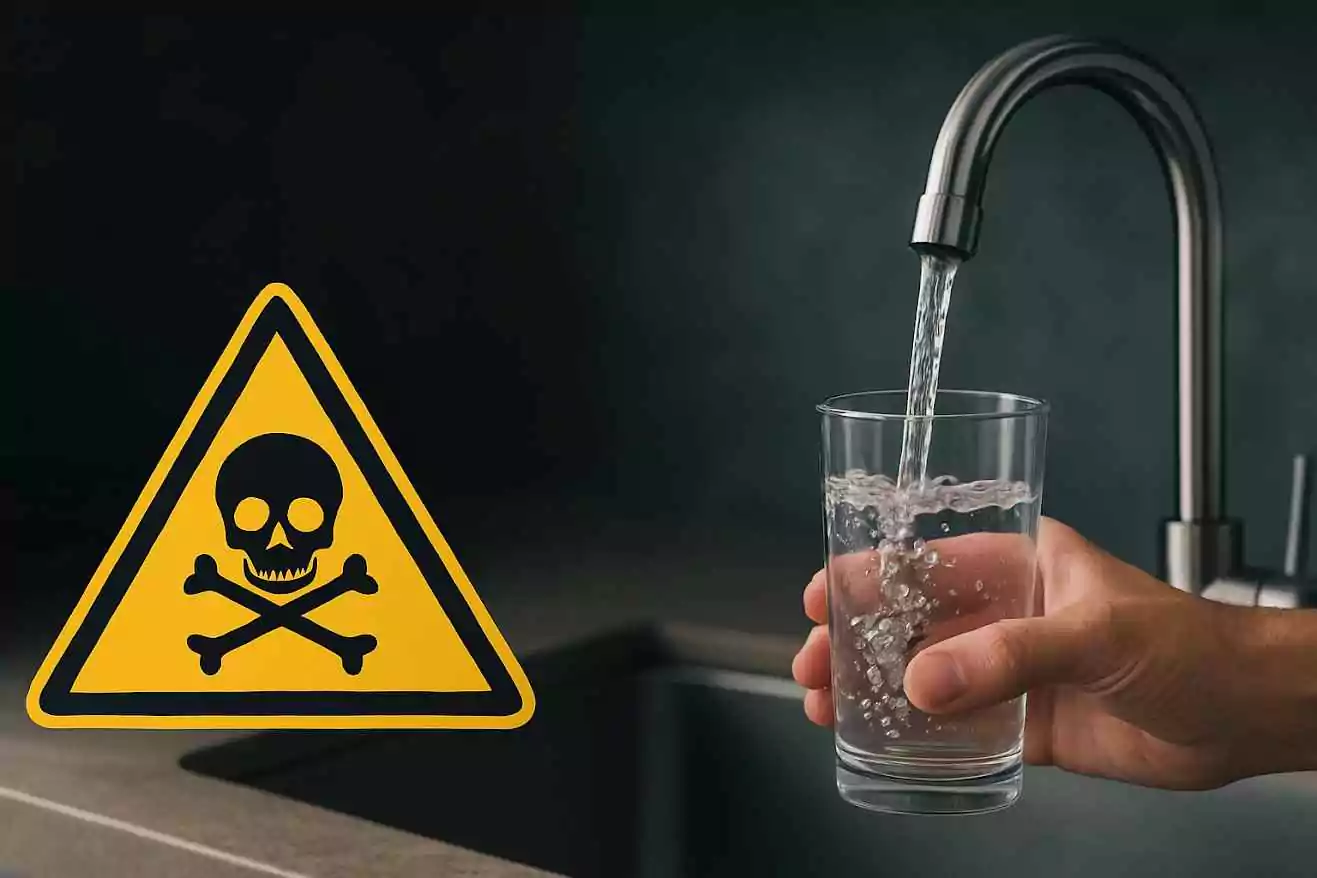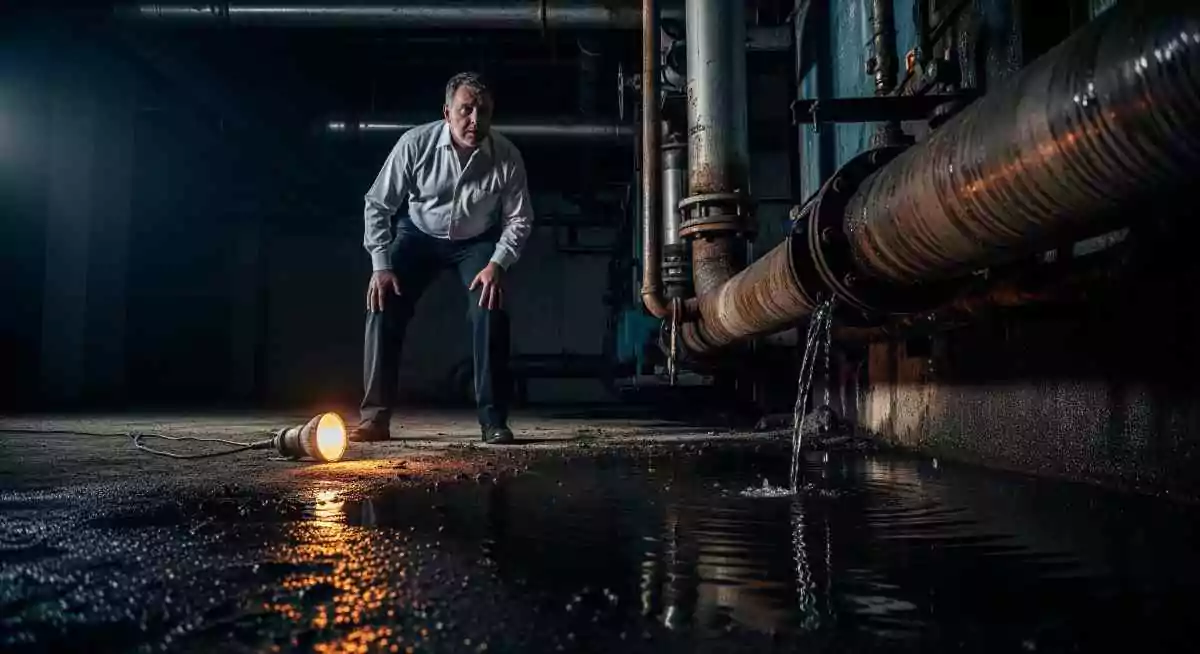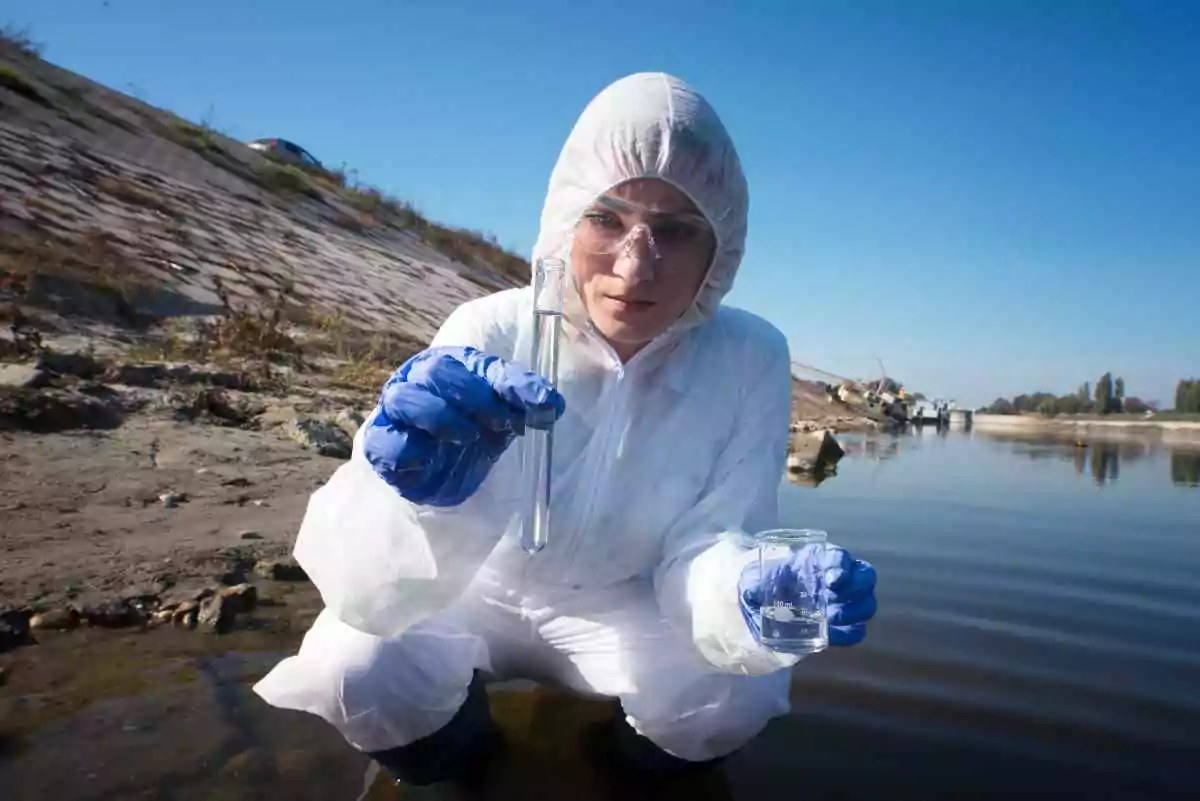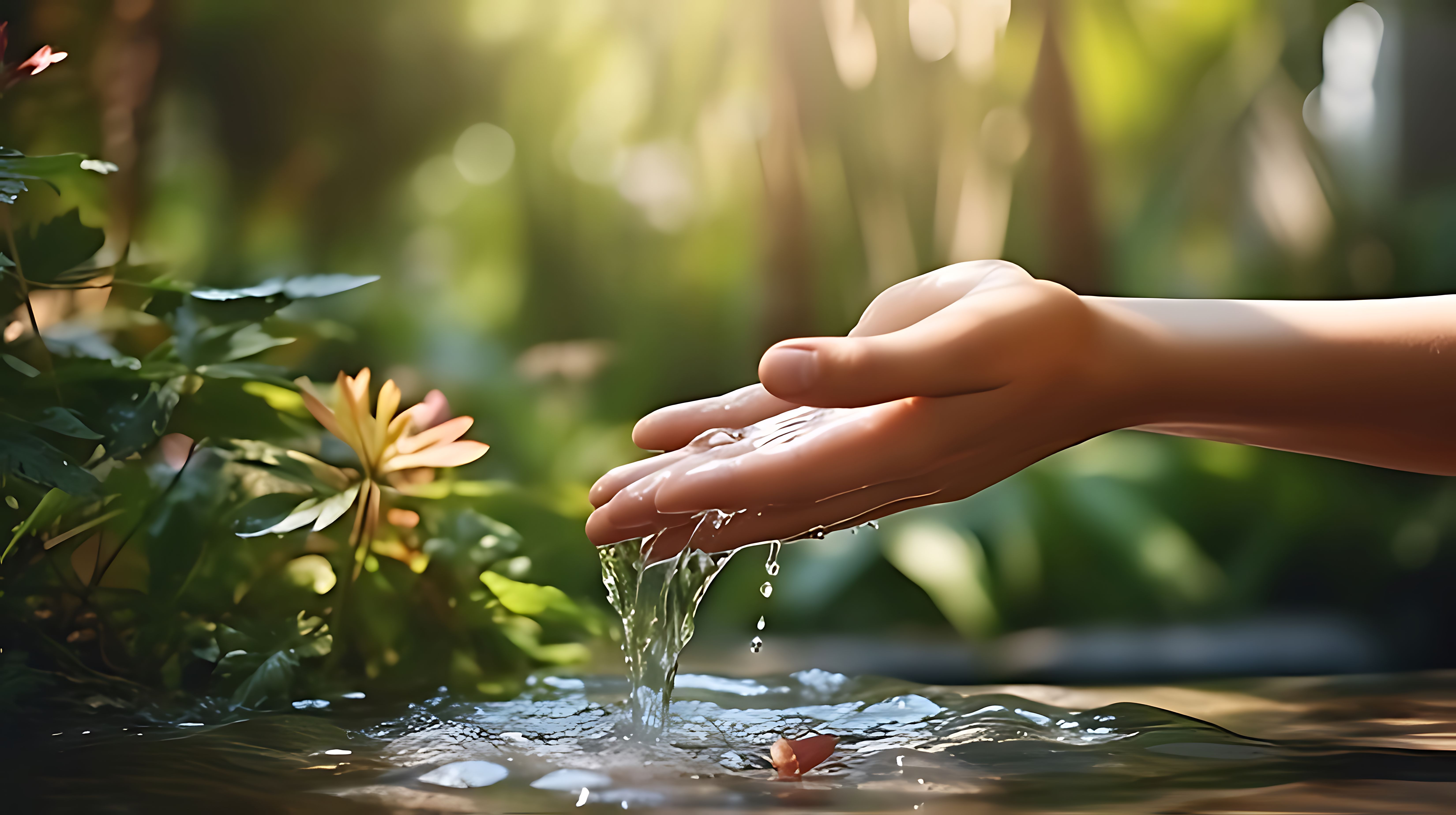Waste Water Treatment: How Dirty Water Gets a New Life?
5 Adverse Effects of Bad Quality Water on Concrete
Using poor quality water weakens concrete’s strength, durability, and finish. This guide reveals 5 key effects and why clean water is crucial for quality construction.
Download Free Guide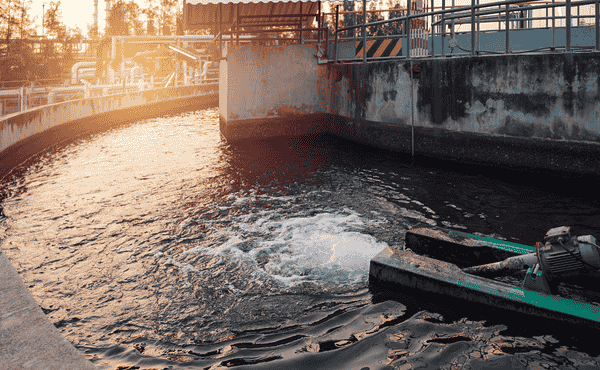
Waste Water Treatment: How Dirty Water Gets a New Life?
Wastewater is created every time we wash our hands, do laundry, flush the toilet, or run a factory machine. What does this water contain? It carries all the dirt, chemicals, and harmful substances that can cause severe hazards if released back into nature without cleaning. This is why we need a wastewater treatment plan.
The term wastewater treatment is simple; it means the process of cleaning dirty water. Hence, when the dirty water is cleaned, it can be released back into nature, making it safe, even for reuse. The wastewater is generated from homes, offices, and industries. The wastewater system ensures that the water is not wasted and that the pollution is controlled. In this blog, let us learn more about how this process works, its significance, and how you can be part of a cleaner tomorrow.
What is Waste Water?
It is crucial to understand what wastewater is before going deep into the treatment plan. It is any used water that is no longer clean. It comes from:
- Homes (bathroom, kitchen, laundry)
- Commercial buildings (restaurants, offices)
- Factories (chemical processes, cooling systems)
- Rainwater runoff (from streets and pavements)
You can find a harmful mix of materials such as food waste, soap, chemicals, oil, heavy metals, and sometimes even disease-causing organisms.
Significance of Waste Water Treatment
If the wastewater is not treated, it can pollute water sources such as lakes, rivers, and oceans. Pollution can harm animals, humans, and plants. Let us discuss how wastewater is critical:
Protects Health
Cholera and typhoid are caused by dirty and contaminated water.Saves Water
Useful for flushing, gardening, and some factory needs.Protects nature
Prevents harmful waste from entering rivers and lakes.Supports industries
Clean water is essential for manufacturing and production.How does Wastewater treatment Work?
The treatment process depends on the water coming from homes(domestic sewage) or industries(effluents). However, the process functions are two distinct plants:
A sewage treatment plant handles wastewater from households and commercial buildings. Here’s how it works in simple steps:
- Preliminary: Large items like plastic, cloth, or stones are removed using screens and grit chambers.
- Primary: The water is left in large tanks so heavy particles can settle at the bottom. The settled solid is called sludge.
- Secondary: This is where helpful bacteria are added to break down remaining waste. It happens in aeration tanks where oxygen helps bacteria grow and clean the water.
- Tertiary: To make water even cleaner, filters, UV light, or chemicals like chlorine are used. This step is important if the water will be reused.
Once treated, water can be released into rivers or reused. The leftover sludge is processed and sometimes used as manure.
An effluent treatment plant deals with industrial wastewater. This water is often more toxic because it contains oil, heavy metals, acids, and dyes.
Each industry may need a slightly different process, but here are the common steps:
- pH Correction: Acids or alkalis are added to balance the pH level.
- Chemical treatment: Special chemicals (like coagulants) are added to remove pollutants.
- Biological treatment: Bacteria are used to break down organic matter.
- Filtration & disinfection: Water is filtered and disinfected using UV light or chemicals.
After ETP treatment, the water is either reused in the factory or safely discharged.
The Role of Wastewater Systems in Cities
In cities, wastewater systems are used to manage and treat millions of liters of dirty water every day. The systems include:
- Sewage Pipelines – Transport wastewater from homes and businesses to treatment facilities.
- Pumping Stations – Move wastewater through the system, especially in areas where gravity alone isn't sufficient.
- Sewage Treatment Plants (STPs) and Effluent Treatment Plants (ETPs) – Treat the water to remove contaminants before releasing it back into the environment or reusing it.
- Stormwater Drains – Channel rainwater away from streets and buildings, reducing the risk of flooding and waterlogging.
If the systems are properly planned and maintained, then no untreated water will end up disrupting the environment. But the cities are growing fast, and many old wastewater systems are outdated.
How Testing Ensures Safe Treated Water?
Treating water is fine, but it must be tested before release or reuse. Hence, here the STP testing and ETP testing come into play. Water testing checks for:
Wastewater Treatment in India
India generates over 60 billion litres of wastewater daily, but only about 30% is treated. Here’s why:
- Old infrastructure: Many STPs and ETPs are outdated or poorly maintained.
- Lack of awareness: Some businesses don’t understand the importance of treatment.
- High cost: Installing and operating treatment plants can be expensive.
- Weak enforcement: Some areas lack strict pollution control checks.
The result? Polluted rivers, unsafe groundwater, and growing health risks.
Thankfully, there’s hope. Here are new ideas and innovations making water treatment better:
- Decentralized STPs: Small-scale plants for buildings or communities.
- Green STPs: Use plants and wetlands to clean water with minimal electricity.
- Smart sensors: Track water quality in real-time.
- Recycling systems: Reuse treated water in toilets, gardens, and cooling towers.
These innovations make treatment more accessible, eco-friendly, and cost-effective.
You might think wastewater treatment is only for factories or governments. But you play a big role too:
- Use less water: Fix leaks, turn off taps, install low-flow fixtures.
- Don’t dump chemicals: Avoid pouring paints, oils, or medicines down drains.
- Support your community STP: Ensure your building's STP is well maintained and tested.
- Get your water tested: Especially if you use borewell or recycled water — search for a lab near you.
Untreated wastewater spreads disease, pollutes rivers, and harms ecosystems. Your actions can make a difference.
Equinox Labs – Your Trusted Partner in Water Testing
Equinox Labs is India’s trusted name in food, water, and air quality testing. With NABL-accredited labs and cutting-edge tech, we help businesses stay compliant and safe.
From sewage water testing and STP/ETP audits to FSSAI compliance and indoor air assessments, Equinox ensures safety with expert insights and fast reports.
Book your first consultation with us today and lead the way in sustainability.

